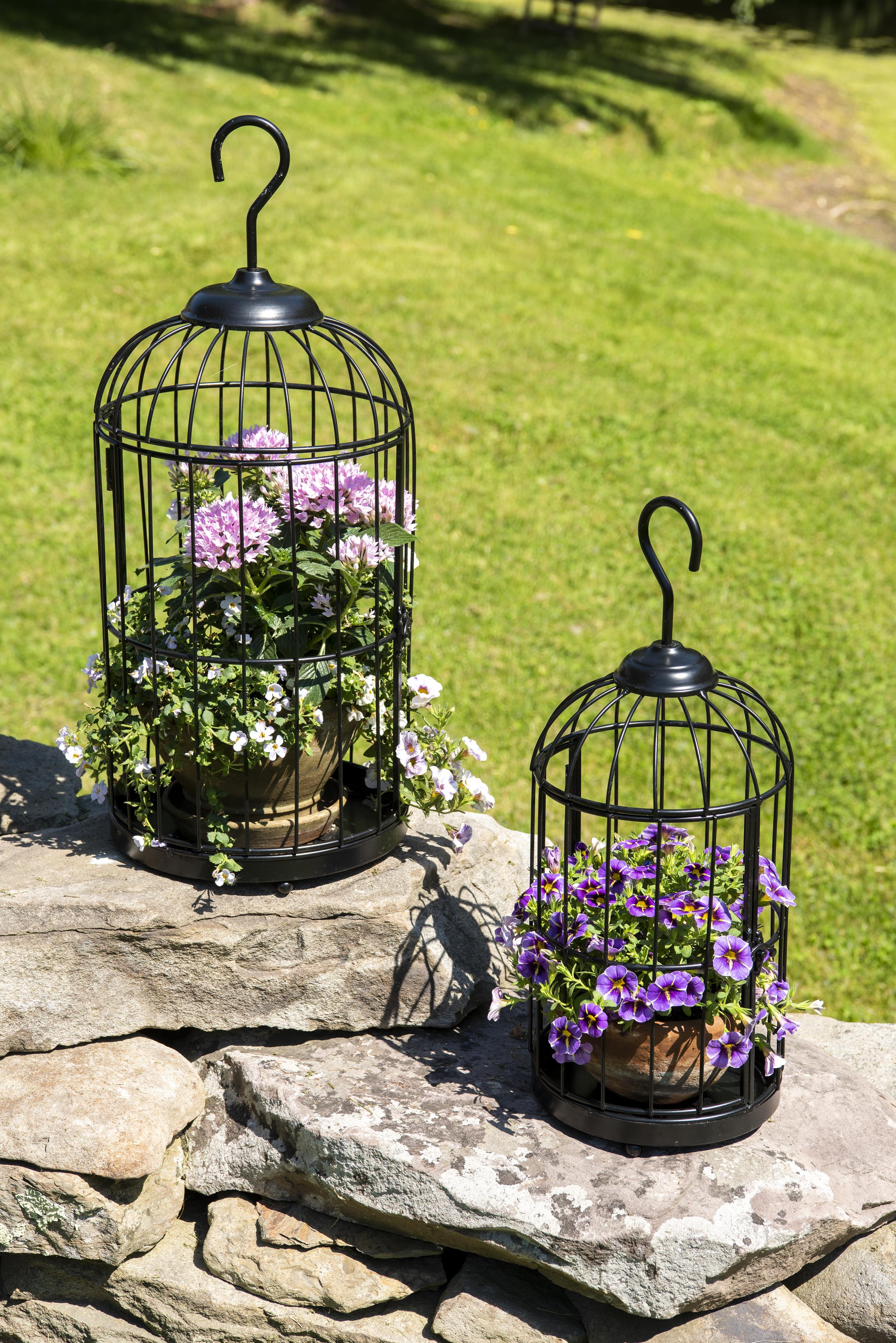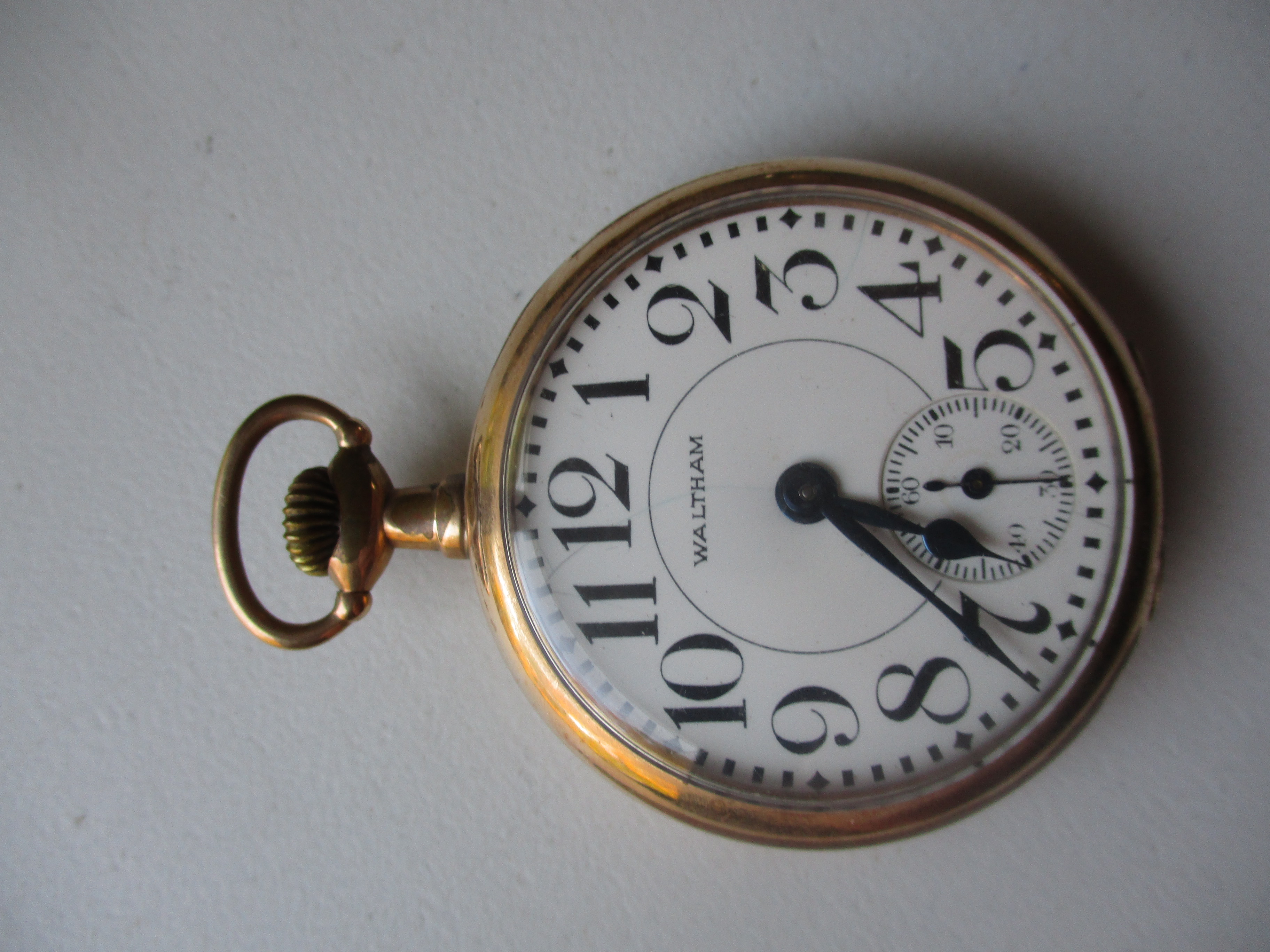
Gardening
Gardening Gifts that Provide Years of Enjoyment

Bird cage planters add whimsy to outdoor or indoor décor while providing a unique place to display air plants, seasonal plants and more.
Photo credit: Photo courtesy of Gardener’s Supply Company
The popularity of gardening is at an all-time high and people are discovering its many benefits. Some want to grow safe and nutritious food, others are boosting the beauty of their landscape, and many are turning to gardening to relieve stress. With the holidays right around the corner, it’s the perfect opportunity to support new and experienced gardeners with a thoughtful garden-related gift.
Help small space gardeners expand their growing space and reduce maintenance with self-watering elevated cedar planters. Elevated gardens add garden space to a balcony, deck or patio while raising the garden bed to a comfortable and easily accessible height. The self-watering system makes gardening easy with proper, less frequent watering to ensure success.
Do the same for indoor plant enthusiasts with stylish terrariums, plant stands, and lighting features. Terrariums are still popular, creating a decorative means for providing the moisture and humidity tropical plants need. Copper and rot resistant mango wood terrariums (gardeners.com) add a new and decorative twist to this traditional growing system.
Plant stands allow your favorite indoor gardener to maximize any available space. Shelves filled with greenery help improve indoor air quality, reduce stress, and can elevate one’s mood. New modern metal plant stand designs add a modern vibe to the indoor garden display.
When space is at a premium, give the gift of vertical gardening accessories. Birdcage planters provide a unique way to display tropical or seasonal flowers. Lower them to tabletop level to use as a centerpiece or decorative element in seasonal indoor displays.
Don’t overlook the cooks in your life that may be intrigued by moving their garden indoors. Keep them stocked with fresh herbs and vegetables. Increase their growing space and needed light with a gift of energy efficient LED grow lights in an attractive stand like the Oslo customizable LED Grow Lights. For those with very limited space, consider an organic kitchen caddy planter kit. A windowsill or countertop herb garden is a great way for anyone to add garden-fresh flavor to winter meals.
Make gardening a fun and accessible experience with the help of a deep seat kneeler that when flipped over, converts. Or add storage and mobility with a Deluxe Tractor Scoot with Bucket Basket. The handle allows you to easily take your tools and garden scoot with you to every corner of your landscape.
And don’t forget the stocking stuffers. Who doesn’t need extra plant tags, ties and gloves? Consider replacing the stocking with a colorful Tubtrug. These flexible lightweight tubs are perfect for harvesting garden produce, collecting weeds or transporting anything from one space to another.
The gift of gardening provides lifelong benefits. Supporting family and friends with useful tools and equipment can increase their gardening enjoyment and success. And don’t forget to add a few of your favorite garden related items to your gift list. You’ll eliminate the stress and guesswork for the giver and you both will appreciate a gift that provides years of function, beauty and memories.
Melinda Myers is the author of more than 20 gardening books, including Small Space Gardening. She hosts The Great Courses “How to Grow Anything” DVD series and the Melinda’s Garden Moment TV & radio segments. Myers is a columnist and contributing editor for Birds & Blooms magazine and was commissioned by Gardeners Supply for her expertise to write this article. Her web site is www.MelindaMyers.com.
Antiques
Are Your Pocket Watches Valuable?

We often come across pocket watches when handling local estates. Some can be worth as little as a dollar while a rare one could sell for millions. In this column, I’ll offer a brief history on pocket watches and some information on evaluating your pocket watches.
A German locksmith named Peter Henlein is credited with inventing the pocket watch in the early 1500’s, according to Britannica. The early watches were large and didn’t keep very accurate time. An article in the Atlantic quotes a passage from Alexis McCrossen's book Marking Modern Times: A History of Clocks, Watches, and Other Timekeepers in American Life. She writes that in the 1700’s “people want to start carrying the time around with them; they’re not content just to look at the public clocks in whatever village or town they might end up in.” Improved timekeeping became a necessity. In 1843, elections in Pottsville, Pennsylvania were disputed because the towns people didn’t synchronize their clocks and the time to close the polls was disputed, according to the Smithsonian Magazine. The Atlantic reported that the “advent of the railroad, factories, and electricity, and the standardization of time zones in Europe and the United States— increased demand around the world for watches.” Factories in Waltham, MA and elsewhere produced watches to meet the demand. The Atlantic reported that “on July 9, 1916, The New York Times puzzled over a fashion trend: Europeans were starting to wear bracelets with clocks on them.” It wasn’t much longer before this “fashion trend” reached the United States and wristwatches became more popular than pocket watches.
An important factor in pocket watch valuation is the material that the case is made from. The most valuable cases are typically made from gold. Most gold cases produced in the United States were 14-karat or 10-karat. James Boss invented gold-filled cases, which were created from sheets of gold bonded to another metal. Gold filled cases have much less gold than solid 10-karat or 14-karat cases, but they have more gold than gold plated cases, which have only a small percentage. Cases were also made from sterling silver (.925% silver) and coin silver (.90%). Cases marked silveroid, silverine and oresilver contain no actual silver.
After a train collision in 1891, the railroads created pocket watch standards in 1893 which required watches to have at least 17 jewels. Watches needed to be accurate within 30 seconds per week. The Santa Fe Railroad later increased the minimum to 19 jewels. Usually, the more jewels in a pocket watch, the greater the accuracy and value. Additional factors affecting value are the age and condition of the watch.
Recent auction results show average gold-filled 17 jewel, 19 jewel and 21 jewel pocket watches selling in the $100 range. An older key wind gold-filled Waltham watch in excellent condition brought $850 in October. A 14-karat gold watch by the Columbus Watch Co. in its presentation box with a fob (chain) fetched $2,000 last month.
Some pocket watches bring even greater sums at auction. A rare A. Lange & Sohne 18-karat 1903 gold German watch with an enamel dial and enamel design on the case sold for €440,000 ($513,00 U.S.) in 2016 and a Patek Philippe Grande Complication 44 jewel 18-karat gold went for €520,000 ($607,000 U.S.) in 2014. Another Patek Philippe sold even better in 2014: The Henry Graves Supercomplication sold for $24 million. I’m sure the winning bidder will never be late for any appointments.
We have a pocket watch collection, along with gold estate jewelry, sterling silver, art, a Red Cross poster collection and many other antiques and collectibles from New England estates in our online auction ending November 17th. Visit www.centralmassauctions.com for a link to this online sale.
Contact us at: Wayne Tuiskula Auctioneer/Appraiser Central Mass Auctions for Antique Auctions, Estate Sales and Appraisal Services www.centralmassauctions.com (508-612- 6111) info@centralmassauctions.com